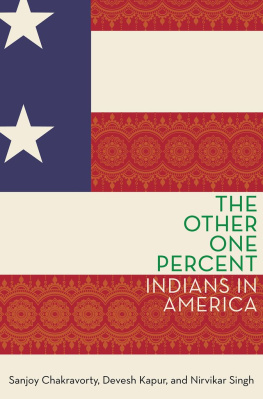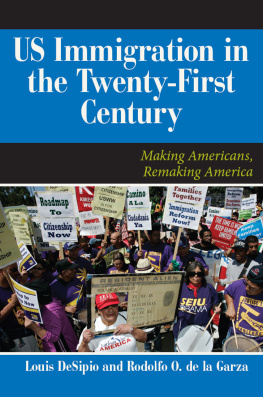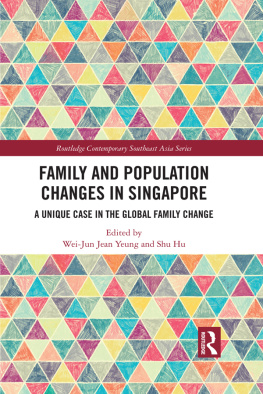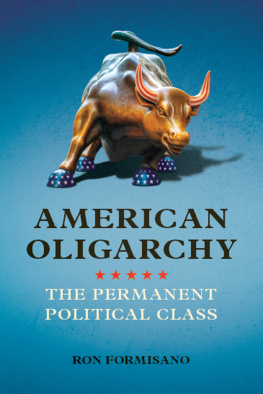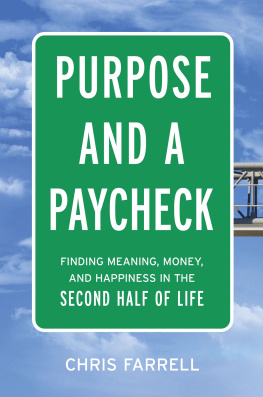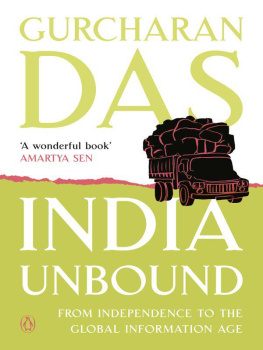The Other One Percent
MODERN SOUTH ASIA SERIES
Editor: Ashutosh Varshney (Brown University),
Associate Editor: Pradeep Chhibber (University of California, Berkeley)
Editorial Board
Kaushik Basu (Cornell University)
Steven Cohen (Brookings Institution)
Veena Das (Johns Hopkins Universrity)
Patrick Heller (Brown University)
Niraja Gopal Jayal (Jawaharlal Nehru University)
Ravi Kanbur (Cornell University)
Atul Kohli (Princeton University)
Pratap Bhanu Mehta (Centre for Policy Research)
Farzana Shaikh (Chatham House)

Oxford University Press is a department of the University of Oxford. It furthers the Universitys objective of excellence in research, scholarship, and education by publishing worldwide. Oxford is a registered trade mark of Oxford University Press in the UK and certain other countries.
Published in the United States of America by Oxford University Press
198 Madison Avenue, New York, NY 10016, United States of America.
Oxford University Press 2017
All rights reserved. No part of this publication may be reproduced, stored in a retrieval system, or transmitted, in any form or by any means, without the prior permission in writing of Oxford University Press, or as expressly permitted by law, by license, or under terms agreed with the appropriate reproduction rights organization. Inquiries concerning reproduction outside the scope of the above should be sent to the Rights Department, Oxford University Press, at the address above.
You must not circulate this work in any other form and you must impose this same condition on any acquirer.
CIP data on file at the Library of Congress
Library of Congress Control Number: 2016954561
ISBN 9780190648749
eISBN 9780190648763
To our children
Shourjo Chakravorty, Maya Kapur, Kunal Kapur, Bhairav Singh, and Keshav Singh
CONTENTS
In June 2012, Rajat Gupta, retired chief executive of McKinsey, was convicted on three counts of securities fraud and one count of conspiracy for passing along confidential boardroom information to a hedge fund. Leading the prosecution was Preetinder Singh Preet Bharara, the U.S. attorney for the Southern District of New York. Both Gupta and Bharara were naturalized citizens who had been born in India and came to the United States in the early 1970s, the former after graduating from IIT-Delhi and the latter as a child immigrating with his parents. Both had received status-boosting educations at Harvard University and were highly ambitious. Gupta had become, in 1994, the first worldwide managing director of McKinsey born outside the United States and was a pioneer in the first generation of Indian Americans to break through the glass ceiling in corporate America. Bharara was the first Indian American to occupy that U.S. attorneys officeconsidered the most prestigious crime-fighting position in the countryand his actions appeared to ensure an even more promising future for an already prominent public figure.
The trial vividly captured The Rise of the Indian-American Elite (the subtitle of Anita Raghavans account of the story) and overlaid an even larger storynamely, a half-century of one of the most selective immigrations in modern history. It illustrated David Ben-Gurions wry observation that for Israel to be counted among the nations of the world, it has to have its own burglars and prostitutes, and appeared as a milestone marking the emergence of the Indian-American community as part of mainstream America.
We wrote this book on the fiftieth anniversary of one of the most significant laws enacted in postwar America. The U.S. Immigration and Nationality Act of 1965 abolished the national-origins quota system established in the 1920s and replaced it with a preference system based on skills and family relationships. The quota system had excluded people from the Global South and favored Europeans. Now, for the first time since WWI, the doors of the United States were partially opened to people of color; but unlike the earlier big immigrant waves, this official opening was less to the huddled masses and more the skilled immigrants and those fortunate to already have family members to vouch for them. Unofficially, of course, the huddled masses came anyway. The impact of this new skill bias of Americas immigration policy was profoundly manifest in one immigrant group: Indians. The next half-centuryespecially its final two decadessaw the most selective immigration (of skilled and educated workers) into the United States from any one country. Half a millennium after Christopher Columbus thought he had discovered India and encountered Indians, the Indian-American population was 50 percent larger than the native American (Indian) population, and earned, on average, three times as much.
People of Indian originwhether they are born in India, the United States, or somewhere elsemake up about 1percent of the American population. Despite its small size, this community has been called (along with several other Asian-American communities) a model minority that has been unusually successful in pursuing the American Dream through careers in high-skill occupations and entrepreneurship. How did a population from one of the poorest countries halfway around the world, with distinctive linguistic and religious characteristics and low levels of human capital, emerge as arguably the richest and most economically successful group in one of the richest and unarguably the most powerful country in the worldand that, too, in little more than a single generation?
There are several anecdotal and journalistic accounts of the professional and entrepreneurial achievements of Indians in America (along with the occasional high-profile crime), a number of scholarly studies on specific subgroups of the population (such as taxi drivers in New York or motel owners of Gujarati origin), but no single study has looked at the whole community, including its marginal or less visible members. The community has also not attracted much attention in the burgeoning literature on immigration. When Maritsa Poros (herself the daughter of Greek immigrants) decided to study Indian immigrants, she was told by a prominent migration researcher and sociologist that Indians are not a problem in that as a group they were not poor, segregated, unemployed, exploited, illegal, criminal, or even culturally different enough to be perceived as one of the more problematic immigrant groups in American society. Their presence in the United States neither appealed to any need for social justice nor seemed to spark much anti-immigrant sentiment. So why study a nonproblem?
If for no other reason, Indians in America deserve scholarly attention for demographic reasons. In 2014, India was the largest source of new immigrants to the United States and the second largest source of total immigrants. Providing over 147,000 new immigrants in a single year, India was a bigger source than China (about 132,000) and Mexico (about 130,000). These latest additions raised the total India-born population to 2.2 million, making it the second largest foreign-born group in the United States (after Mexicans). The scale and speed of this inflow becomes even clearer when we note that in 1990, people born in India were not even in the top ten of foreign-born populations in America. Something large was afoot and it was necessary to understand what it was.
This book is a serious attempt at creating that knowledge. It aims to provide a reasonably comprehensive account of this community, the life and work of its members, its increasing visibility and its not insignificant invisible component, and, importantly, what explains its specific characteristics. We use the characterization reasonably comprehensive with due caution, since for reasons of space, expertise, and approach, there are important issues we do not cover, especially the following two.

